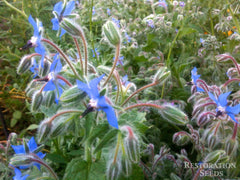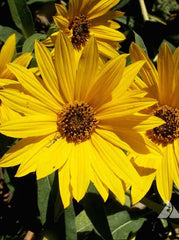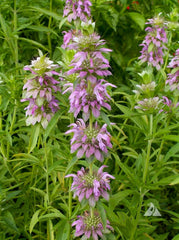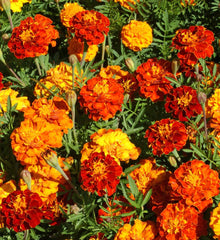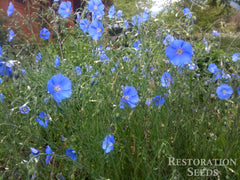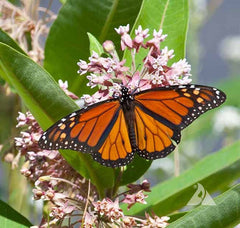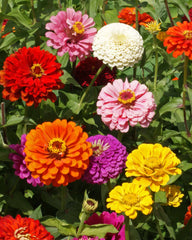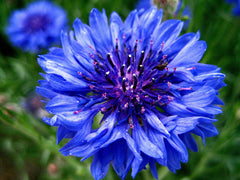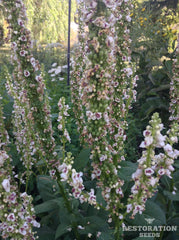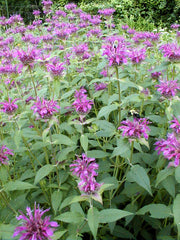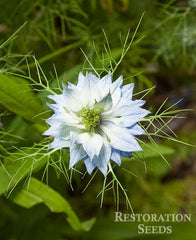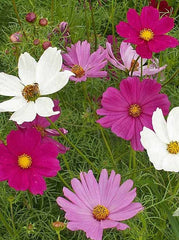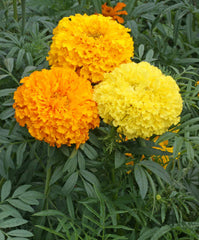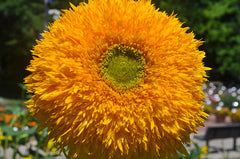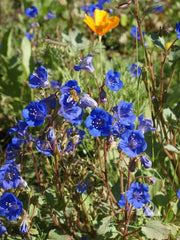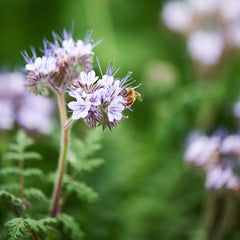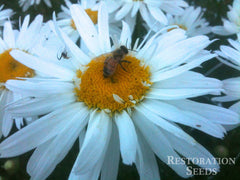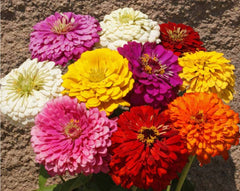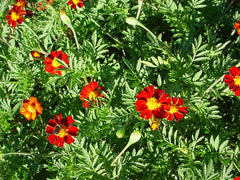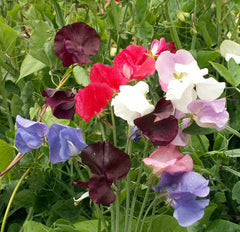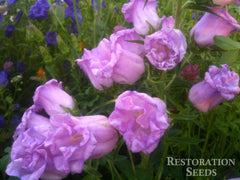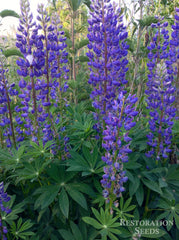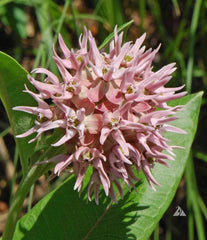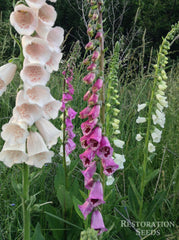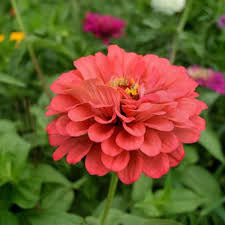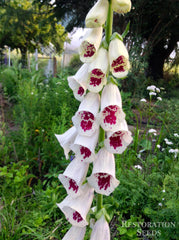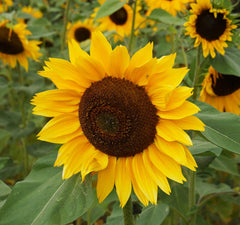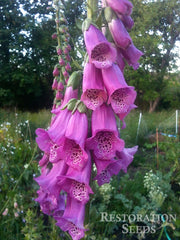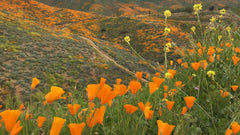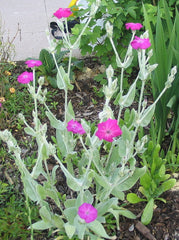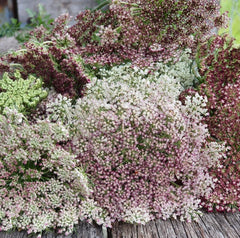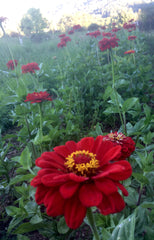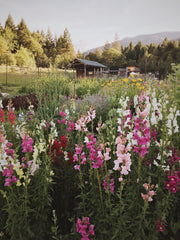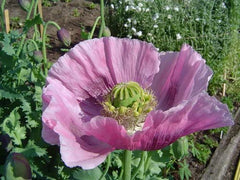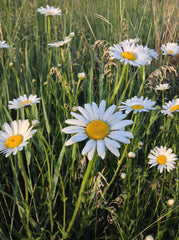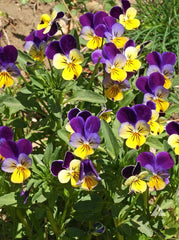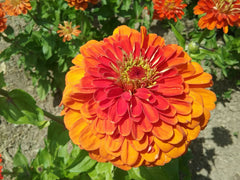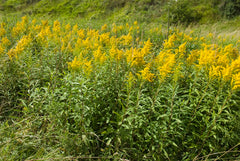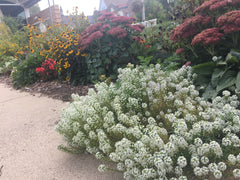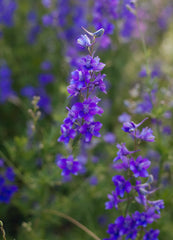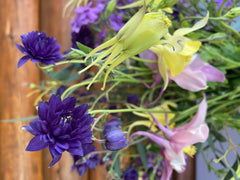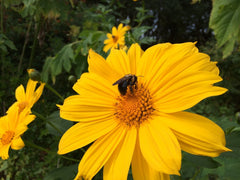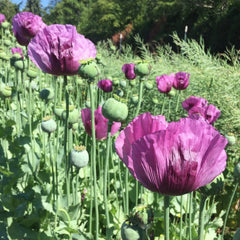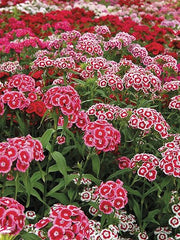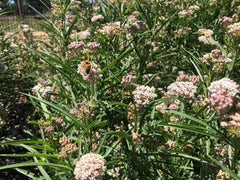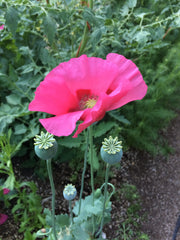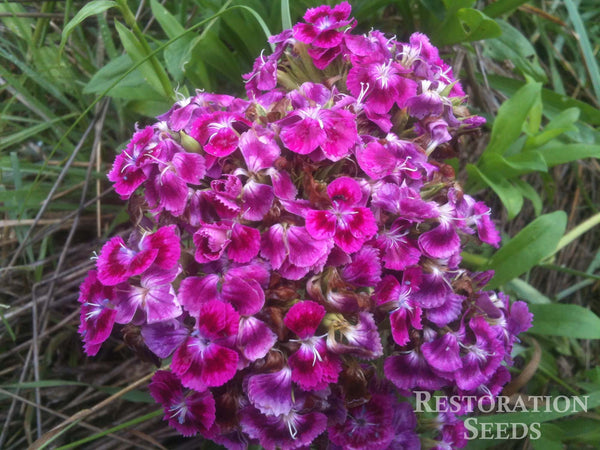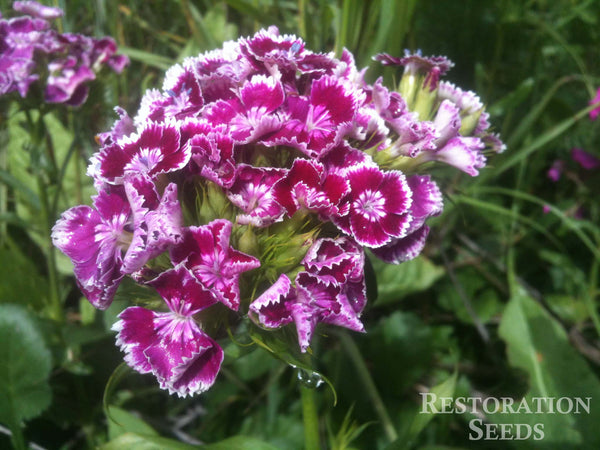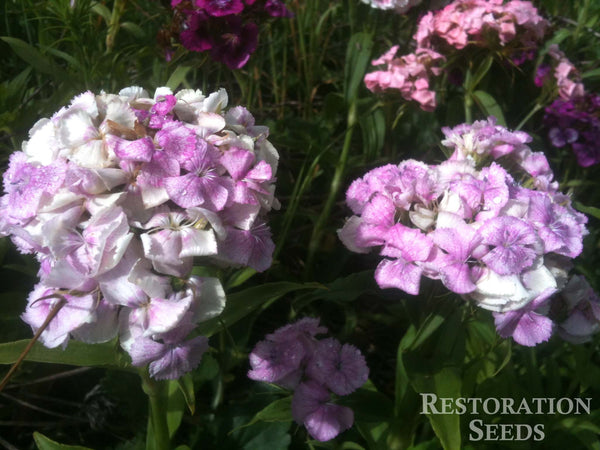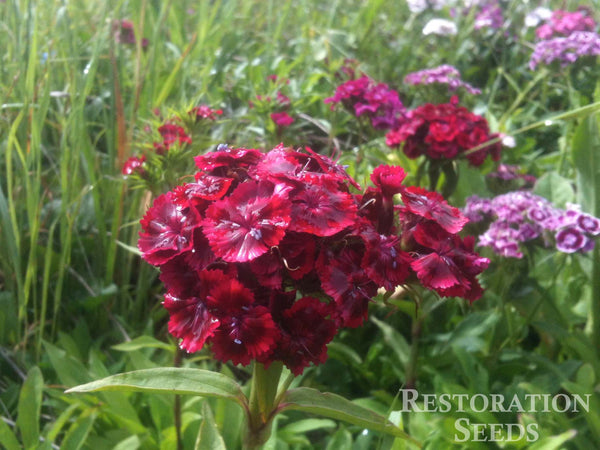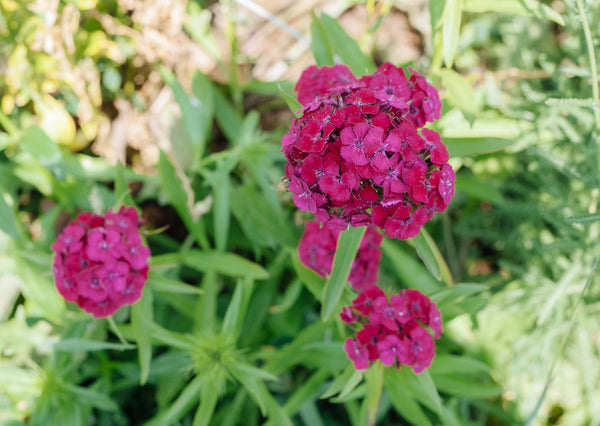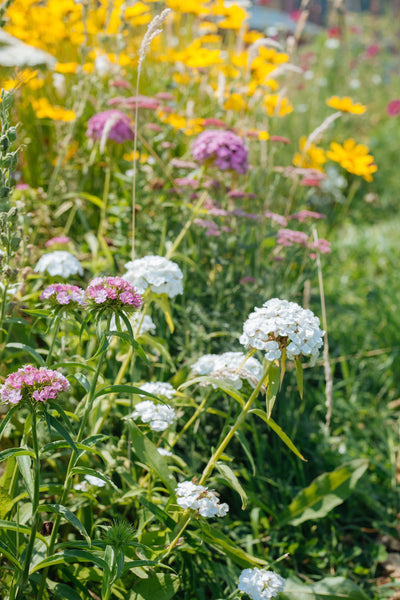Sweet William
Dianthus barbatus
HOW TO GROW DIANTHUS
Start indoors 6-8 weeks before last frost or direct sow 1 to 2 weeks after last frost. Flowers the following year. Flowers are edible, attracts bees, butterflies and birds. Has fragrant clove scent. Rest of the plant is poisonous. Divide large clumps in September, may self-seed, seeds are heady so they stay put and plant does not wander far. Easy to collect seed after flowers fade. Soil pH 6.6-8.5. Hardiness zones 3-9. Biennial.
Planting Depth 1/4”
Soil Temp. Germ. 68-72˚F
Days to Germ. 1-3 weeks
Plant Spacing 8”
Row Spacing 18-24”
Days To Maturity 2 years
Full Sun, Moist Well Drained
Planting Depth 1/4”
Soil Temp. Germ. 68-72˚F
Days to Germ. 1-3 weeks
Plant Spacing 8”
Row Spacing 18-24”
Days To Maturity 2 years
Full Sun, Moist Well Drained
Sweet William Seed Count
1 Ounce ≈ 28,350 seeds
- 200 Seeds$4.10
- 2000 Seeds$18.50
- 1 Ounce$46.50
Herbaceous biennial or short-lived vigorous perennial. Dense clusters of up to 30 pink, purple, white or red flowers. Wonderful scent, and excellent flower choice for bouquets! Drought tolerant. Tags: Color: Pink Purple, Specialty: Deer Resistant, Heritage: Heirloom.
Native to southern Europe and parts of Asi...
Native to southern Europe and parts of Asi...
Herbaceous biennial or short-lived vigorous perennial. Dense clusters of up to 30 pink, purple, white or red flowers. Wonderful scent, and excellent flower choice for bouquets! Drought tolerant. Tags: Color: Pink Purple, Specialty: Deer Resistant, Heritage: Heirloom.
Native to southern Europe and parts of Asia. Common name first appears in 1596 in botanist John Gerard’s garden catalog.
Native to southern Europe and parts of Asia. Common name first appears in 1596 in botanist John Gerard’s garden catalog.
Learn More
Meet Your Farmer
We promote fair trade, organic practices and environmental responsibility throughout the Restoration Seeds supply chain. Below are the family farmers and seed suppliers who bring our open pollinated seeds to you.
Idyllwild
Conventional
Seed grower since 2018


Idyllwild was born of our joyful curiosity and celebration of nature’s diverse gifts. Following nature’s model of open dispersal and dissemination, we share these seeds with you and invite you to play in the garden of abundance. We learn from nature and she has taught us to live and think in terms of “abundance” instead of “scarcity”. Diversity - in all forms, from genetic to creative expression - is the heart of resilience. We enjoy experimenting with myriads of flavors, colors, and textures and the world opens to us in infinite possibilities. As a result, we are nourished in body, mind, and spirit.
Reviews
